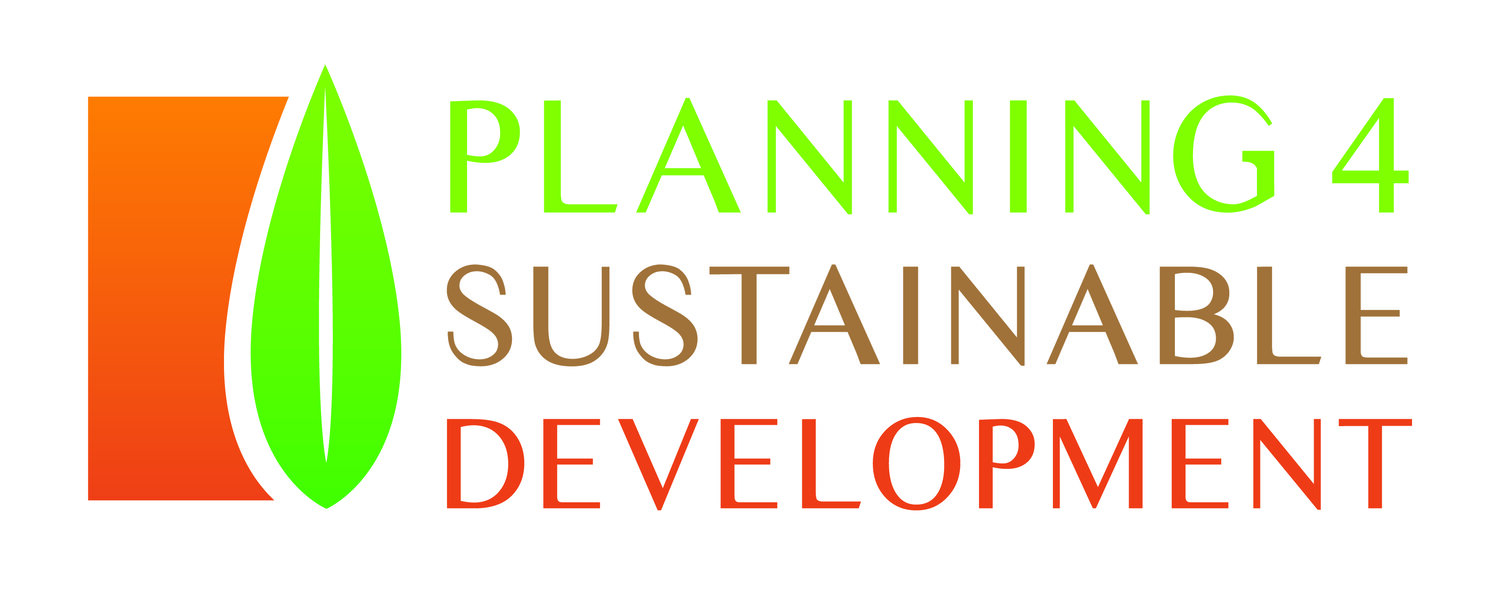Land Use Planning for Disaster Risk Reduction
P4SD presented at the 6th Session of the Pacific Platform for Disaster Risk Management, Fiji 2014. This was a key regional meeting of Pacific Island Countries and Territories (PICTs) members including Australia, New Zealand, France and the USA. At the forum the members agreed to the regional strategy that ties climate change adaptation and disaster risk reduction – a first in the global arena.
The Pacific Island Countries and Territories (PICTS) are among the most vulnerable places on earth suffering from extreme exposure to both creeping climate change and disasters. The P4SD presentation built on 17 years’ experience in the Pacific and centred on international law, policy and the role of development planning in climate change and disaster risk reduction (CC & DRR).
What is the status of land use and development planning across the Pacific? What is the defining role of land use planning? What makes up good land use planning functions for effective outcomes? How do we pursue integrated planning to address the key priorities of the UNISDR and the three strategic goals of the Hyogo Framework for Action. These were the key questions posed for participants in an endeavour to get momentum and agreement to pursue the integration of CC & DRR to increase resilience across the Pacific.
Among the participants were global and regional donor agencies including the United Nations International Strategy for Disaster Reduction (UNISDR) Secretariat. UNISDR is part of the United Nations Secretariat and its functions span the development and humanitarian fields. Its core areas of work includes ensuring disaster risk reduction (DRR) is applied to climate change adaptation, increasing the investments in DRR, building disaster-resilient cities, schools and hospitals, and strengthening the international system for DRR.
Countries and Territories nominated their priorities for regional coordination of effort related to Integrating CC & DRR into sustainable development policies and planning: advance climate and disaster early warning systems, cascade data resolution from region/country scale to sub-national levels of detail to enable better on-the-ground planning; developing and strengthening institutions, mechanisms and capacities to build resilience to hazards, as well as incorporating risk reduction approaches into emergency preparedness, response, and recovery programmes.

